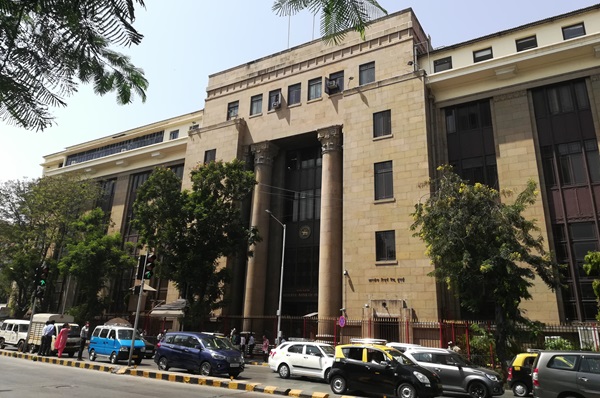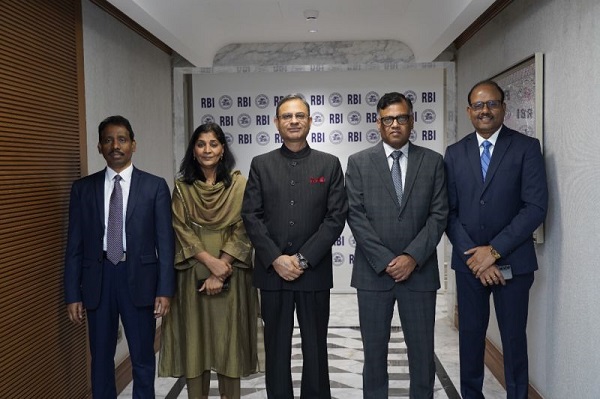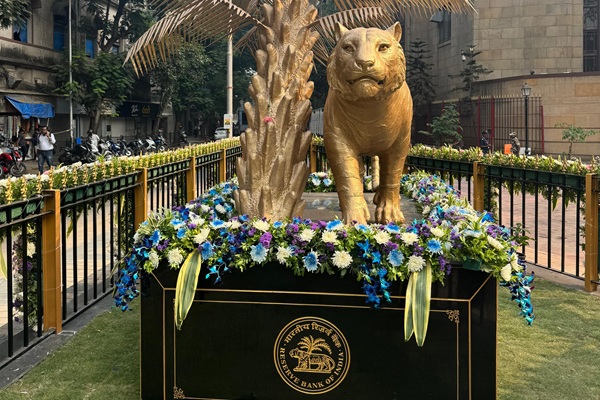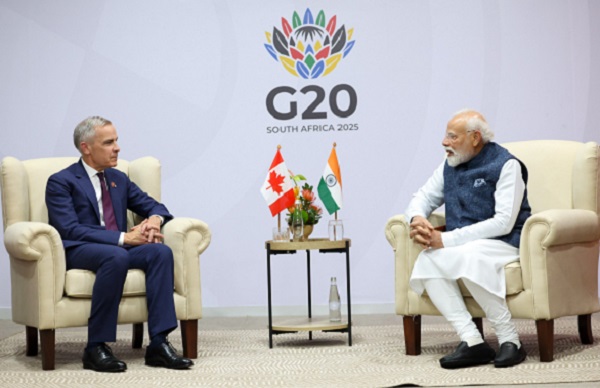.png)
March 24, 2025 at 2:56 PM IST
The latest RBI’s dollar/rupee buy-sell swap auction also saw robust demand with bids more than double of the amount offered, reflecting both the banking sector's appetite for dollar liquidity and the efficacy of instruments to steer domestic money market conditions.
The strong demand notwithstanding, market observers said the RBI may announce its next liquidity booster after the outcome of the April Monetary Policy Committee meeting. This wait-and-watch approach will also coincide with the April 2 deadline on potential US tariff actions under the Trump administration—an event that could reshape capital flows and foreign exchange dynamics.
Also by then the exact effect of usual year-end liquidity moves such as GST and excise payments and scurry from the government to complete it capex aim would have played out.
The early days of April will also bring clarity on dollar liquidity conditions, particularly as March typically witnesses higher dollar inflows on account of corporate profit repatriation. This seasonal ebb and flow of dollar supply can significantly alter interbank funding costs and forward premiums.
Today, the RBI’s $10 billion dollar/rupee buy-sell swap auction got drew bids of $22.28 billion.
The move, aimed at easing systemic liquidity and managing forward book exposures, will result in infusion of about ₹855 billion in the banking system. In a USD/INR buy-sell swap, the RBI buys dollars from market participants while simultaneously agreeing to sell them back at a future date. This injects rupee liquidity into the banking system while allowing the RBI to maintain a stable grip on the spot market. The premium at which the future leg is settled effectively reflects the cost of forward cover, and in this auction, the competitive pricing indicates healthy participation.
The current domestic liquidity situation is under strain, with a prevailing deficit of about ₹2.6 trillion. Since the beginning of the calendar year, the RBI has infused ₹4.56 trillion via Open Market Operations and FX swaps, and an additional ₹1.83 trillion through longer-term Variable Rate Repos.
These measures underscore the central bank's commitment to ensure adequate liquidity without resorting to outright rate cuts or other more disruptive monetary tools.
Apart from liquidity management, FX swaps also allow the RBI to tactically manage the maturity profile of its forward dollar book. As of end-January 2025, the RBI's outstanding short forward dollar commitments stood at $77.53 billion, with a significant $53 billion due in the up to 3-month tenor.
Conducting longer-tenor buy-sell swaps enables the central bank to stretch the maturity of its obligations, thereby reducing rollover pressure and enhancing predictability.
Another key factor to monitor is the typical end-of-month adjustment in the dollar/rupee pair. Since December 2024, the dollar-rupee exchange rate has consistently moved higher at month-end, driven by the RBI squaring off its short dollar positions. Market participants would do well to watch for similar activity around March 26, as the central bank’s operations tend to influence short-term FX volatility.





